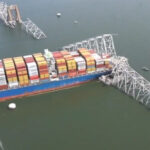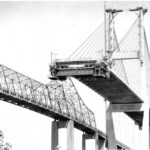It can be tempting to think that bridge engineers have the freedom to design whatever kind of bridge they want. Who hasn’t stopped and wondered – why did they put an arch bridge there, but put this ugly girder bridge here? Society relies on engineers to make sound engineering decisions when designing and constructing our infrastructure, but society also puts limits on an engineer’s choices. The most common limitation is budget, the age-old question – how much is this going to cost. In this edition of TheBridgeGuy, we’ll explore what drives the economics of bridge engineering.
In the United States, regional differences are one of the main drivers. Some techniques are more favorable than others – post-tensioning vs. pretensioning for example. Some materials are either more readily available or are more economic (i.e. cheaper) and are thus more widely used in the field.
In New England, steel is the bridge material of choice. Historically, Pennsylvania produced some of the best steel in the country. Bethlehem steel products can be found nearly everywhere. Pittsburgh even named their football team after their number one export!
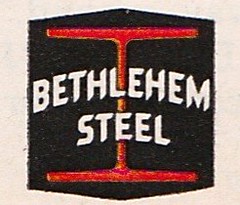

If you drive around New England and parts of the northeast, you’ll likely see more steel bridges than concrete. Rolled steel girders can be milled and cut to length and shipped to the site easily. Their lightweight and high strength make them versatile in many different applications. Construction is simple enough, only requiring a crane to lift them without any specialized experience. Design is relatively straightforward and doesn’t require specialized expertise or software.
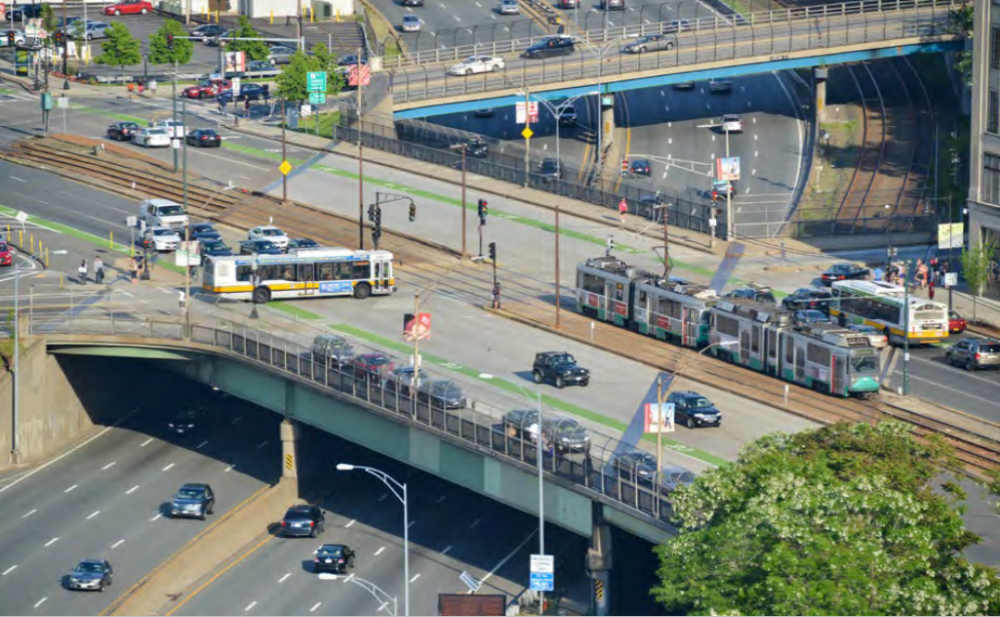
And while steel may have the potential to push the limits on span capabilities, in these areas you’ll likely never see the material pushed to the extreme. Economy of material is important where the unit price is high relative to its competitors. In New England, steel is relatively cheap so economy of material tends to be less of a concern, especially when the alternatives are more expensive.
By contrast, in the Pacific Northwest concrete is king – the vast majority (90% or more) of the bridges in the northwest are made from concrete. This region boasts some of best aggregate in the world and concrete’s compressive strength comes from the coarse aggregate used to make it. The region’s precast industry has exploited this fact, making prestressed concrete the dominant bridge medium.

Now that is not to say that you won’t ever see a concrete bridge in New England or a steel bridge in the northwest. Each project has its own constraints and those constraints will often dictate the medium used.
In the northwest, steel is often used on bridges where high curvature is needed, longer spans and usually in areas away from corrosive environments. Since steel is more expensive to use in the northwest, economy of material is more of a concern. Fewer girder lines will be utilized. Rolled shapes are rarely used in favor of custom plate girder sections.
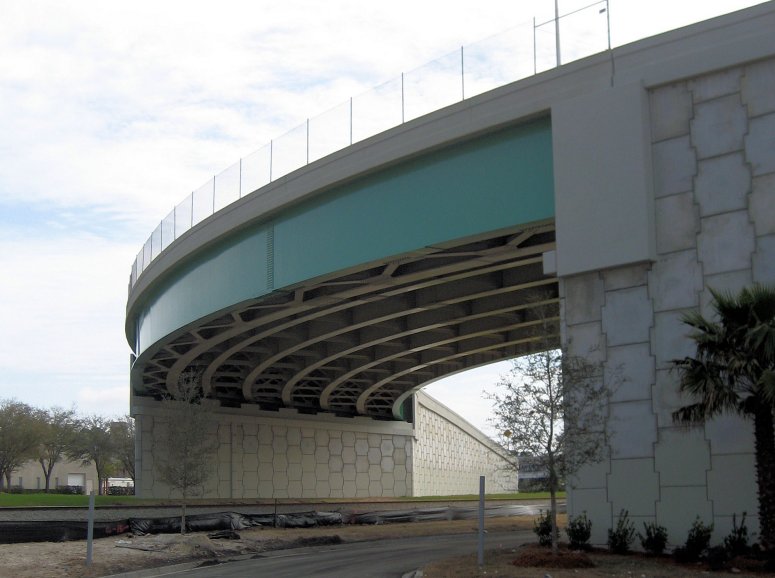
Steel is more susceptible to damage from a corrosive environment. In New England, the harsh winters make the use of salt for management of snow and ice a must. Chlorides from the salt can accelerate corrosion of the steel bridges in the area. Concrete provides more protection to the rebar used to give it strength, which sometimes makes concrete an attractive alternative to steel in the northeast.
Pavement is another aspect that is subject to regional diversity. Northern climates often allow the use of studded tires during the winter. While well intended, these studs take their toll on the paving surfaces. This leads to rutting of roads and bridge decks. This wear actually causes a reduction in the cover over rebar in the deck, and the reduced cover makes the rebar more susceptible to chloride penetration.
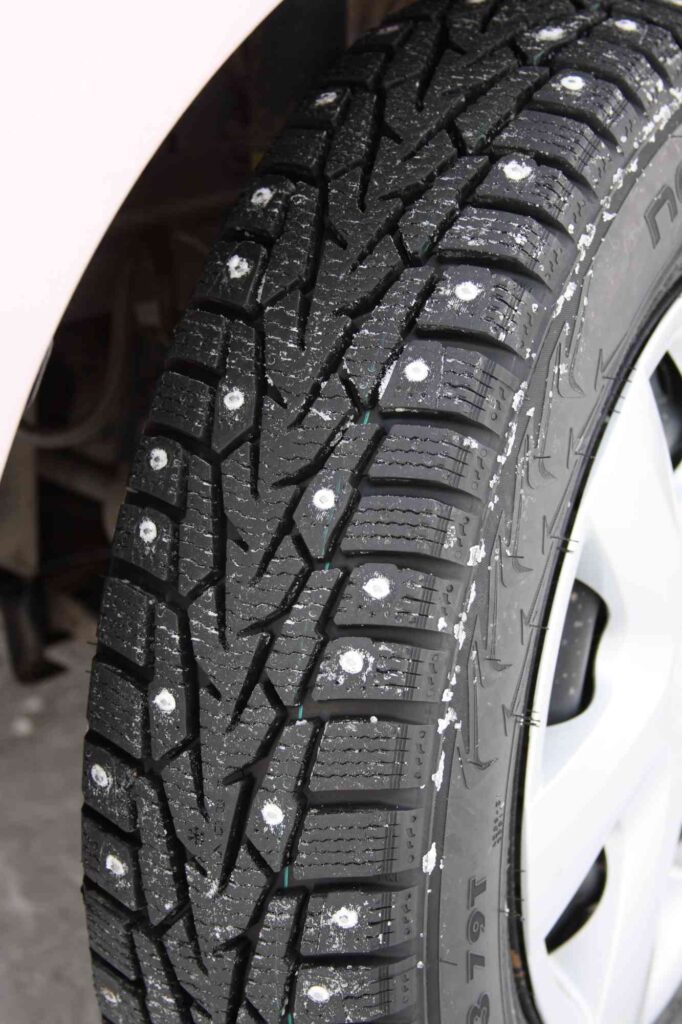
Northern states have deck overlay programs to address rutting and reduced cover. A grind can often be performed to smooth out a deck that is heavily rutted. Rutting can cause ponding during storms, which can lead to hydroplaning. Grinding the deck can solve this problem, but at the expense of the concrete cover.
Rutting and wear that continues after a deck grind can be further rectified by a deck overlay. This is done by removing the top surface of the deck to a nominal depth, a process called scarification. A thin layer (1 to 1.5 inches) of concrete is then placed back over the scarified surface and allowed to cure. In some cases, more material can be placed back to give increased cover over the reinforcement.
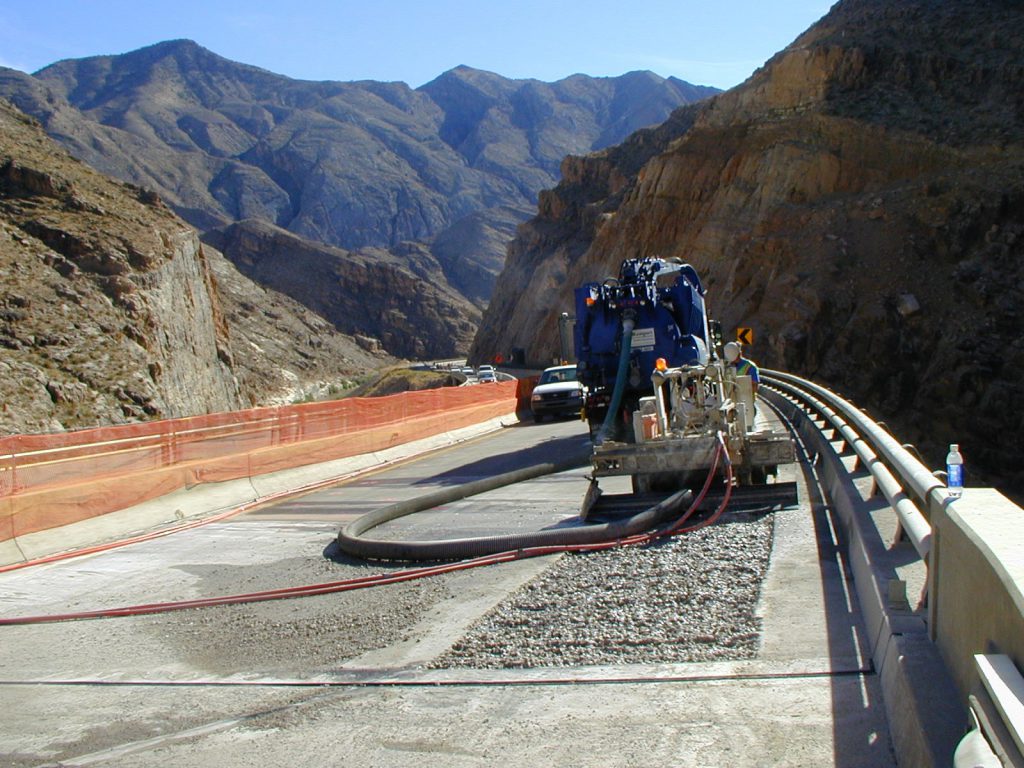
In some areas susceptible to rutting, hot mix asphalt is used as the wearing surface. This is used extensively in Europe and in the northeast United States. A water proofing membrane is placed on top of the concrete deck and the HMA is placed on top of the membrane. The membrane protects the deck but also acts a tack coat to improve adhesion of the HMA to the concrete. This can be done during bridge construction after the deck is cured or long afterwards as a preservation measure.
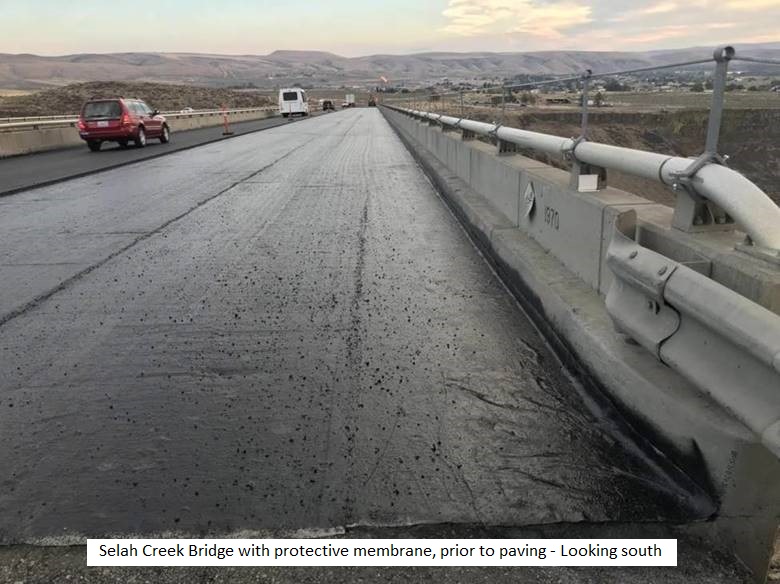
Where HMA is used, the HMA surface is intended as the wearing surface and protects the deck. When it wears, the HMA can be ground down or scraped off and replaced without the necessary specialized equipment needed for concrete deck overlaying. The argument for exposed concrete decks is for ease of inspection, however distress observed in the HMA surface usually indicates a problem with the concrete deck.
Substructure design can also be beholden to bridge economics. In the northeast, integral abutments are used to protect critical bearings and substructure components from deicing salts. Integral abutments dispense with expansion joints – to allow for expansion, steel H-piles are used to give flexibility to the substructure. As the bridge expands and contracts, the piles bend and allow to bridge to move. Driven steel piles are more common in this area just as steel superstructures are.
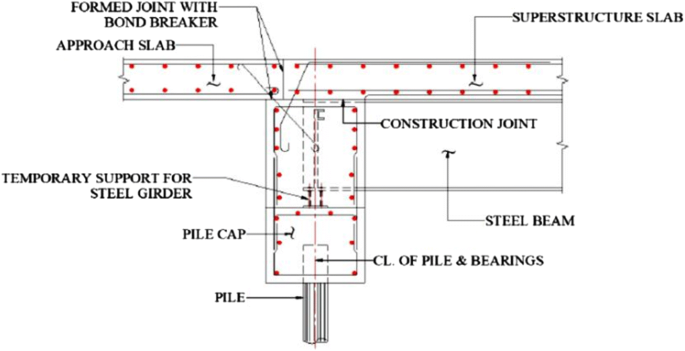
Expansive soils that are common to Texas and other areas of the south require some special consideration. Slabs or footings must either be strengthened for the effects of soil expansion, or they must allow for the expansion to occur. It is not uncommon for slabs to be waffled (i.e. constructed with voids to allow the soil to expand). As an alternative, slabs can also be post-tensioned to resist these loads. These techniques would be unfamiliar or even cost prohibitive to an engineer in other parts of the country where the phenomenon is not common and the techniques are not widely practiced.
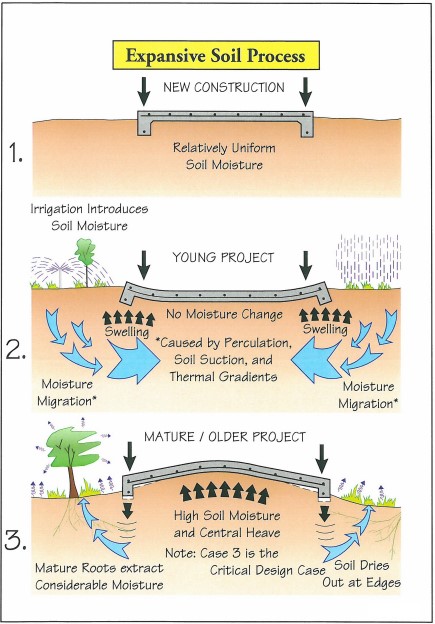
Florida, due to its unique geography, is especially subject to a corrosive environment. Post-tensioned bridges in Florida use wax filled ducts to protect the PT steel, rather than grout used in other parts of the country. This has the downside of requiring the post-tensioning to be treated as external rather than internal, making it less efficient. Regional expertise often dictates means and methods, especially where construction techniques have not caught up with standard practice or where a greater importance is placed on the technique being successful.
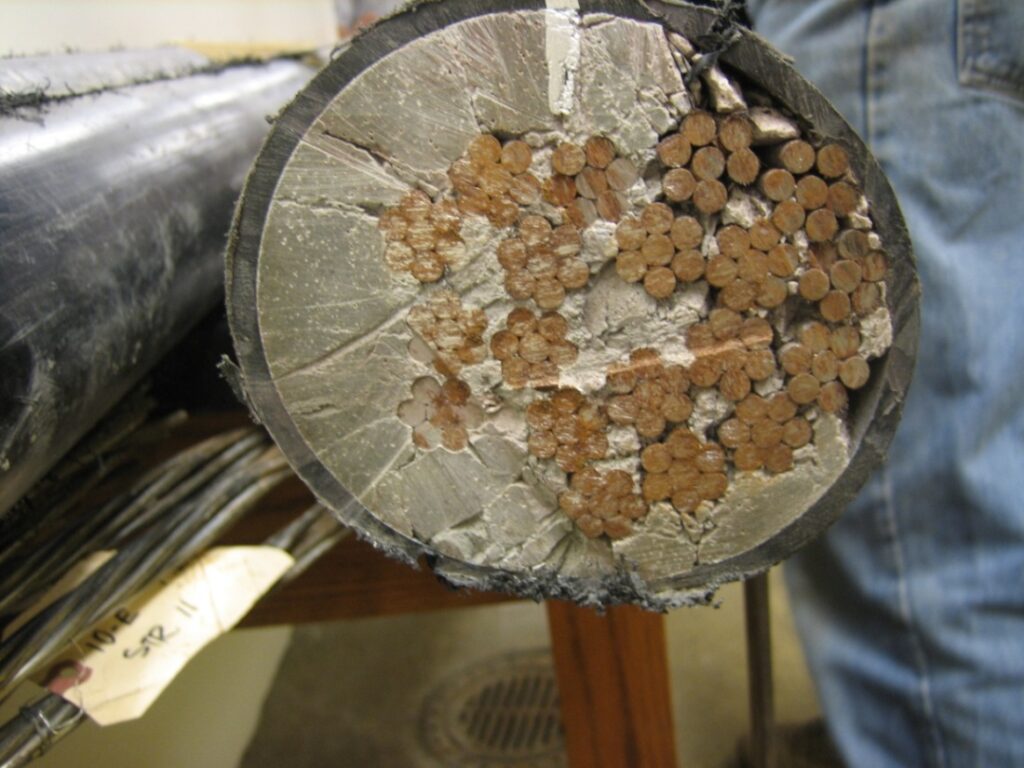
Crack control is also an important consideration for reinforced concrete in Florida. FDOT is more restrictive on the allowable stress in rebar at the Service limit state. This extra level of protection further limits crack widths in concrete, making chloride penetration more difficult and extending the service life of a component.
Human beings may have evolved, but our natural inclination to use the materials we have on hand are still with us. In the past, materials were used because they were nearby and plentiful. Today we use the most economic material for the job.
Regional experience can often dictate the means and methods used. Where a certain technique has been used in the past with less than stellar performance, the owner in the area may restrict its use. The same restriction may not be as economic if used in another region. This is why modern bridge codes give a great deal of leeway to bridge owners over performance specifications – having one generic specification everywhere could be seen as overly conservative in one place and not bloody good enough in another.
Views: 245


